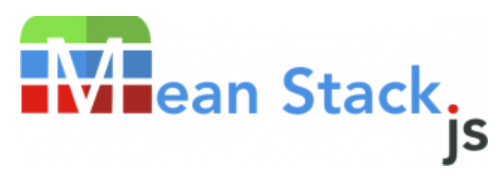 Overview
Overview
Angular 6 is a JavaScript-based front-end web application framework for developing single-page applications. The new features in Angular 6 include Angular Elements and new CLI commands — these features greatly expand the ability to integrate Angular with non-Angular applications based on JQuery, Vue.js, React, etc.
MEAN Stack is a complete software stack for building maintainable web applications quickly and easily. The stack comprises MongoDB, Express, Angular, and Node.js.
This instructor-led, live training (online or onsite) is aimed at developers who wish to create, build, test, debug and deploy web applications using MEAN Stack.
By the end of this training, participants will be able to:
- Set up a development environment needed to start developing an Angular 6 application.
- Integrate the frontend and backend parts of the MEAN Stack application
- Build an application that can perform Create, Read, Update, and Delete operations.
Format of the Course
- Interactive lecture and discussion.
- Lots of exercises and practice.
- Hands-on implementation in a live-lab environment.
Course Customization Options
- To request a customized training for this course, please contact us to arrange.
Requirements
Prerequisites
- Familiarity with basic HTML, CSS, and JavaScript.
- An understanding of databases.
Audience
- Developers
Course Outline
Introduction
What is Angular?
- How Angular enables maintainable single-page applications
- Stateful vs Stateless
- Angular 6 vs previous versions
What is MEAN Stack?
- The parts of the MEAN Stack
- Front-end vs back-end
Creating a MEAN Web Application
- Imagining the look and feel
- Deciding the functionality
- Data storage, servers and APIs
Preparing the Frontend
- Using Angular CLI
- Initiating an Angular 6 Project
- Creating components
- Configuring client-side routing
Preparing the Backend
- Installing and configuring ExpressJS and NodeJS
- Testing the Backend Server
- Setting up MongoDB
- Integrating MongoDB with Node.js and Express.js
Implementing Application Functionality
- Understanding how LoopBack works
- Implementing REST API
- Carrying out Create-Read-Update-Delete (CRUD) operations
- Using Angular 6 Material to access to UI/UX
Running the Application
- Processing user queries
- Responding to queries
- Interacting with users
Deploying the Application to Production
Best Practices
Troubleshooting
Summary and Conclusion
